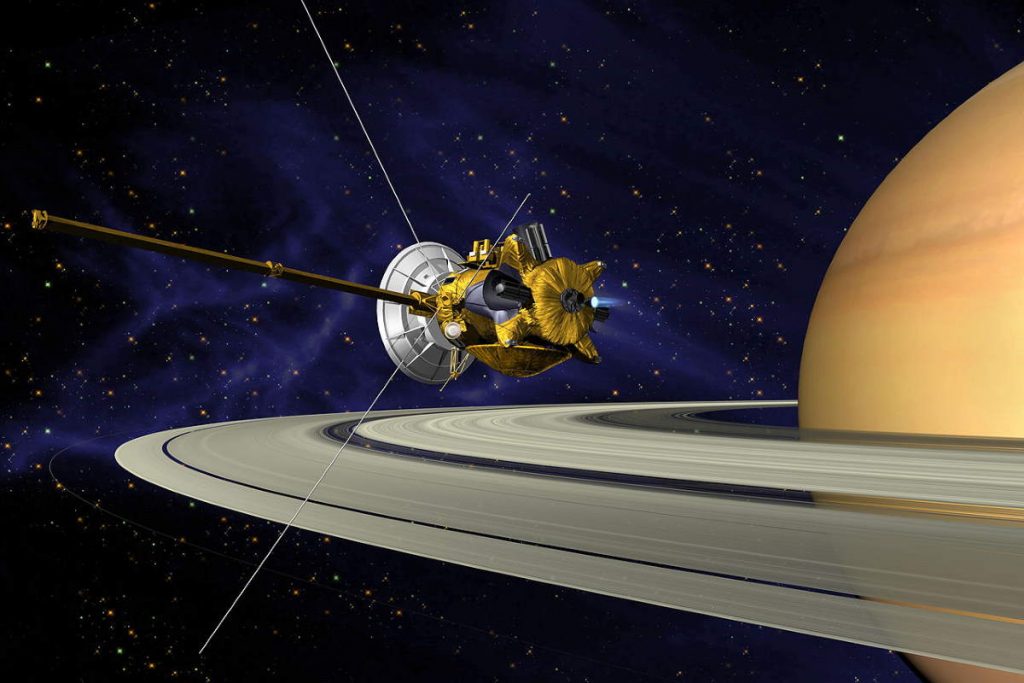Before the invention of the telescope, no one on Earth knew that Saturn had rings until the 1600s. Galileo Galilei discovered them with his telescope in 1610, but he did not know what these were either. Thus they remained a mystery until 1655 when the Dutch astronomer Christiaan Huygens (see notes 1) figured out that they were actually planetary rings.
For many thousands of years, for humans, Saturn was just a bright point of light in the sky. But, in 1610, Galileo Galilei (15 February 1564 – 8 January 1642), the “father of observational astronomy” peered through his telescope and saw something else: on either side of the planet, he saw two bulges – at first, he thought they might be moons (actually he thought they might be “planets” – the term “moon” was not in use for celestial objects back then – all of them were “planets” for scientists). So, Galileo thought that Saturn was a three-bodied system.
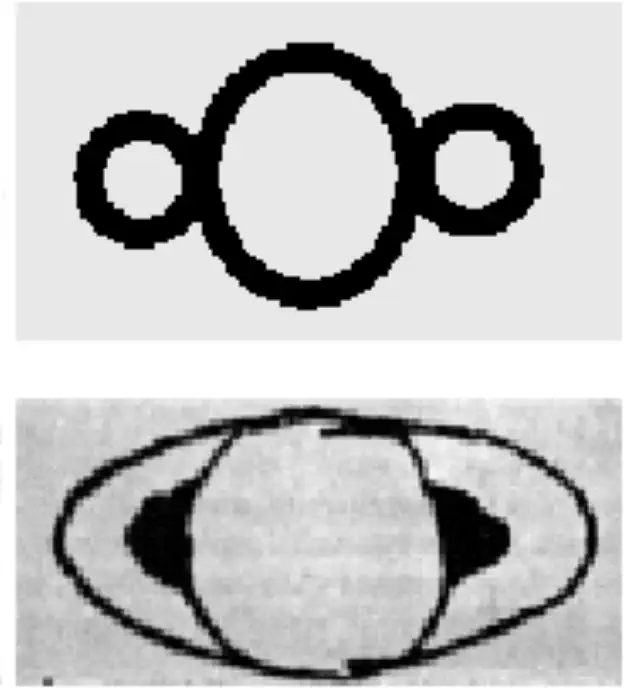
Two years later, Galileo again observed the planet through his telescope. But, this time, he saw nothing. To his astonishment, these two objects were disappeared.
In fact, this time, Saturn’s rings were directly oriented at Earth, causing him to think that two of the bodies had somehow disappeared.
But, when Galileo reobserved the planet in 1616, the rings reappeared and that confused him.
In his 1616 drawing above, you can see he’d almost realized that Saturn had rings, that drawing shows how close Galileo came to solving the riddle. But, unfortunately, he went to his grave without knowing the real answer. He concluded that the rings were some sort of “arms”.
Huygens was the first astronomer who realized that Saturn had rings
Half a century passed. In 1655, using a more advanced refracting telescope with a 43x magnification that he designed himself, Duch astronomer Christiaan Huygens (14 April 1629 – 8 July 1695) correctly deduced that the “arms” of Saturn were actually a ring system.
As for their appearing and disappearing, Huygens realized that that was caused by Saturn’s tilting. Like Earth, Saturn gently rocks back-and-forth on its axis. Also, occasionally its orbit takes it to a location where the planet seems to tip just enough so that the rings slowly seem to be disappearing. This process will continue as Saturn moves through its orbit until the rings are completely invisible to any of us on earth. As the orbit continues the rings will once again appear, just as slowly as they disappeared.
Huygens also discovered Titan, the largest moon of Saturn and the second-largest natural satellite in the Solar System (after Jupiter’s Ganymede).
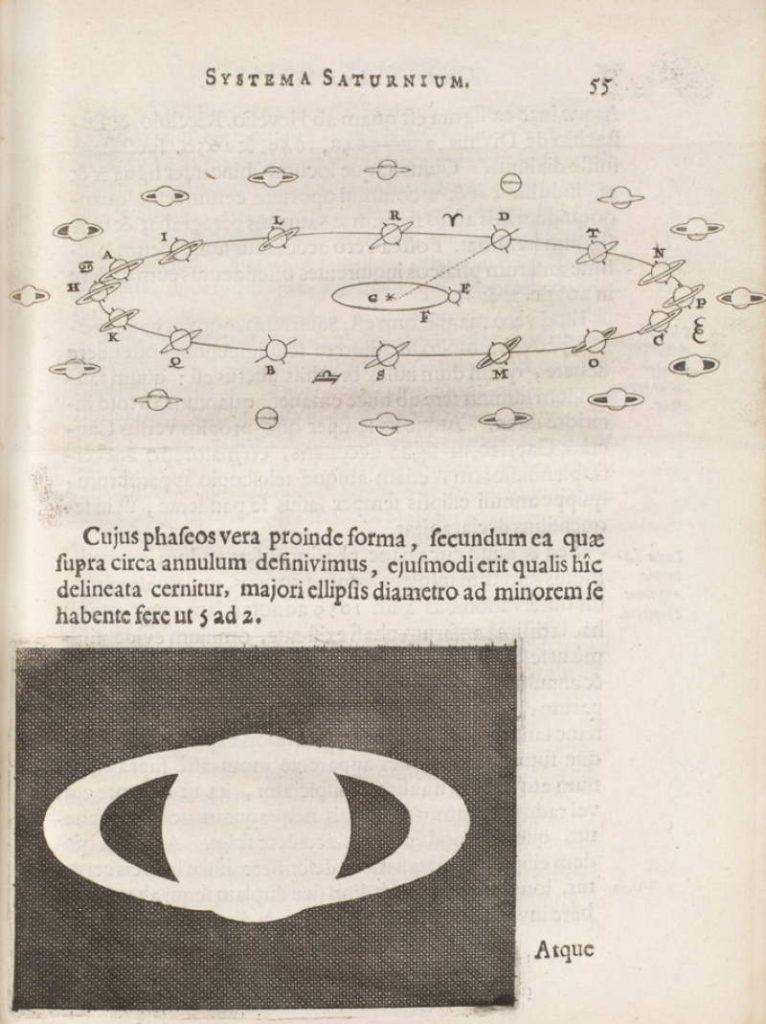
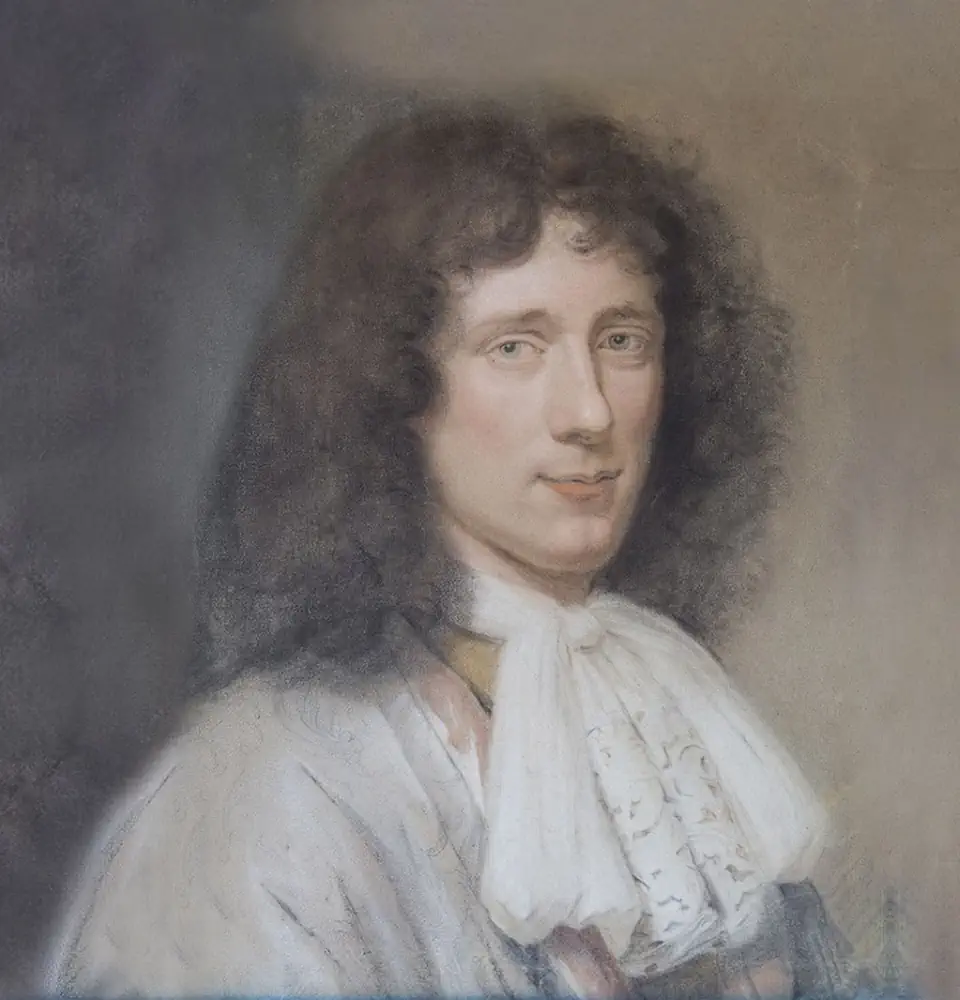
Cassini discovers the gaps between Saturn’s rings
A few years after Huygens’ discoveries, the Italian-French astronomer Giovanni Domenico Cassini (also known as Jean- Dominique Cassini, 8 June 1625 – 14 September 1712) discovered 4 other major moons of Saturn: Iapetus, Rhea, Tethys, and Dione. In 1675, Cassini discovered a narrow gap that splits Saturn’s ring system into two parts, and the gap has since been known as the “Cassini Division.”
Because of his numerous contributions to our knowledge about the planet Saturn, Cassini was chosen as the name of the spacecraft flying to Saturn.
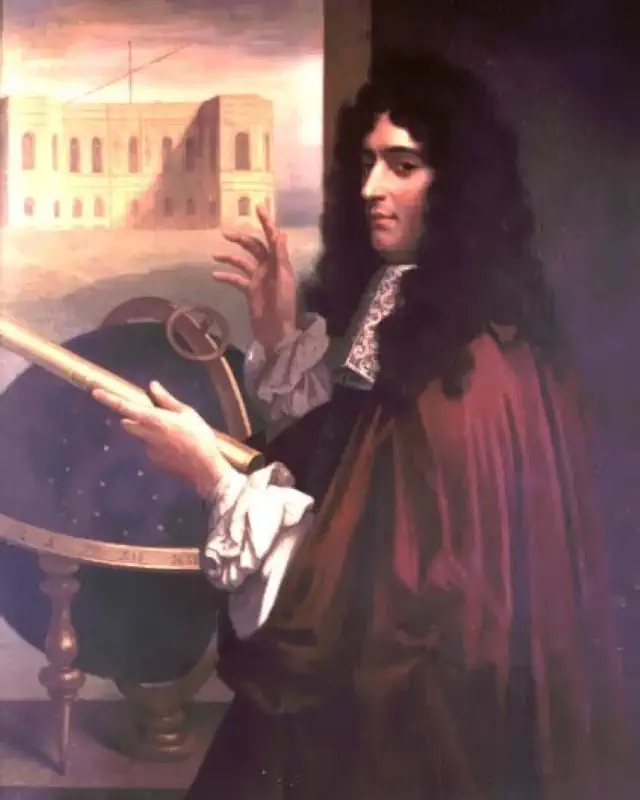
Other major discoveries came later. During the 19th century, the American astronomer James Edward Keeler (September 10, 1857 – August 12, 1900) showed that the ring system is not a uniform sheet but actually comprised of small particles.
Twin Voyager spacecraft (visiting in 1980-81) made discoveries about the composition and interaction of the rings.
Most recently, a joint mission between NASA, ESA (European Space Agency), and ASI (Italian Space Agency), the Cassini-Huygens space-research mission (commonly called Cassini), studied the planet Saturn and its system, including its rings and natural satellites.
Dinosaurs were roaming before Saturn had rings
Data from the Cassini space probe suggests that Saturn’s rings may be as young as 150 million years old. Around this time, it was the Mesozoic Era (also called the Age of Reptiles and the Age of Conifers) here on Earth, and dinosaurs were roaming the land, and similar creatures lived in the oceans.
By examining Saturn’s tidal forces, scientists also found that Saturn’s inner moons are likely even younger, less than 100 million years old.
Notes
- Christiaan Huygens FRS (14 April 1629 – 8 July 1695, also spelled Huyghens), was a Dutch mathematician, physicist, astronomer, and inventor, who is widely regarded as one of the greatest scientists of all time and a major figure in the scientific revolution. He discovered Saturn’s satellite Titan. He was also the first to clearly see the planet’s rings and to explain their appearance over time. Huygens made other significant contributions to astronomy as well. The Huygens probe, which was carried to Titan by NASA’s Cassini spacecraft is named in his honor. Built and operated by the European Space Agency (ESA), the Huygens probe landed successfully on Saturn’s moon Titan on January 14, 2005, and became the first spacecraft ever landed on a Solar System moon other than our Earth’s.
Sources
- Dinosaurs Were Around Before Saturn Had Rings on the Smithsonian Magazine website
- Christiaan Huygens on Wikipedia
- Saturn’s history on the NASA website
- Why are Saturn’s rings disappearing? on the Planets for Kids website
- How Many Elephants are Left in the World in 2025? - August 17, 2025
- Moon Landings: All-Time List [1966-2025] - February 2, 2025
- What Is Max-Q and Why Is It Important During Rocket Launches? - January 16, 2025
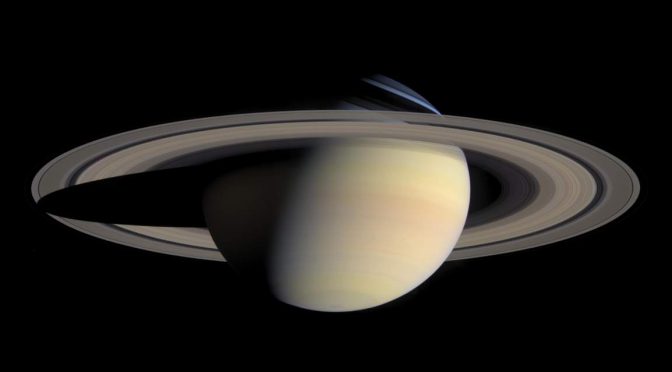
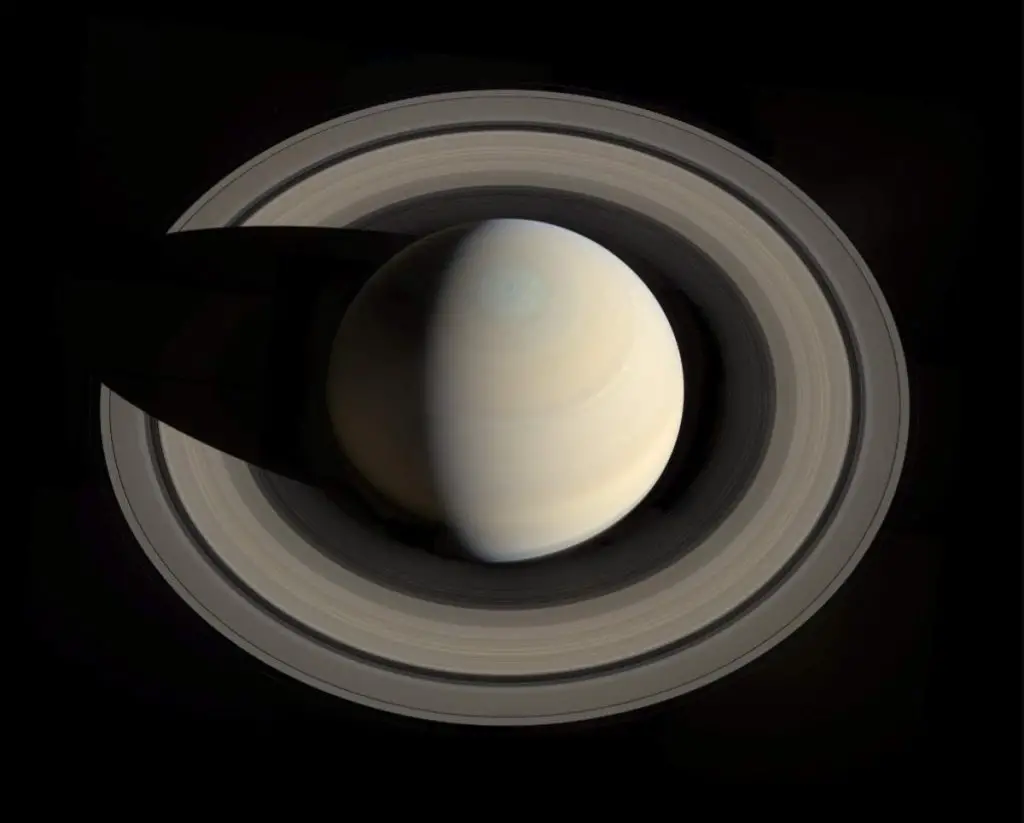
![Cassini image of Saturn and its rings [October 28, 2016]](https://ourplnt.com/wp-content/uploads/2023/05/Saturn-Cassini-2016-10-28-1024x532.jpg)
